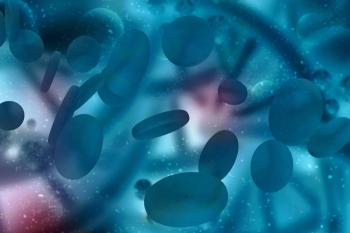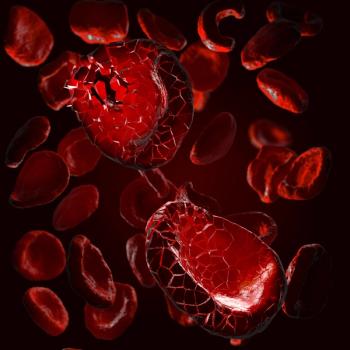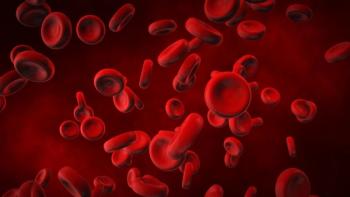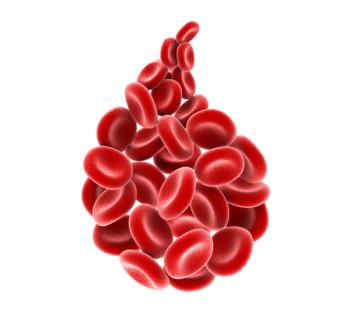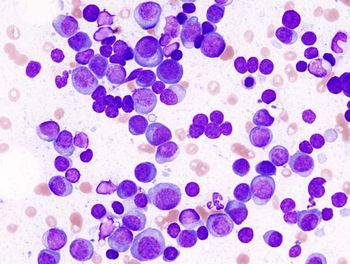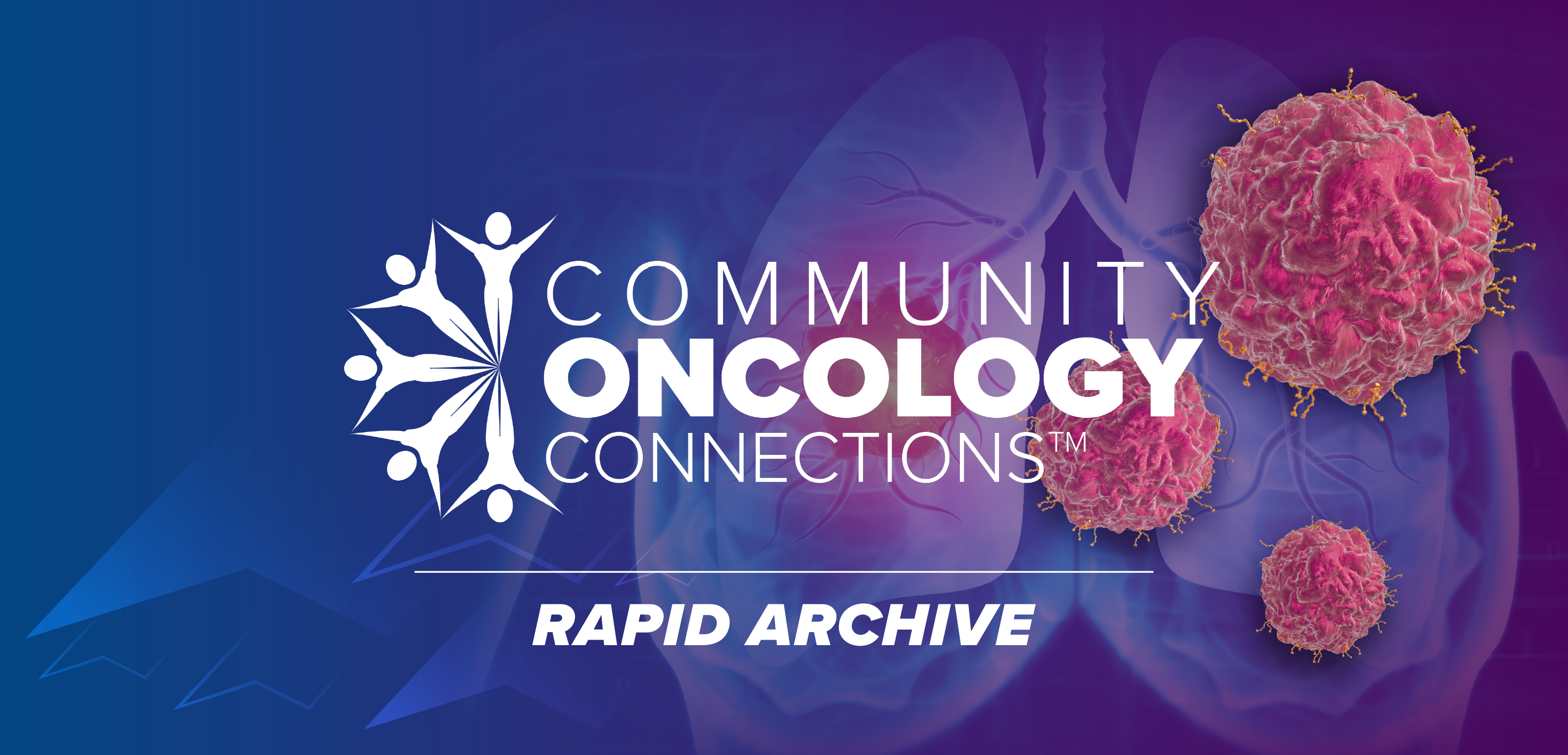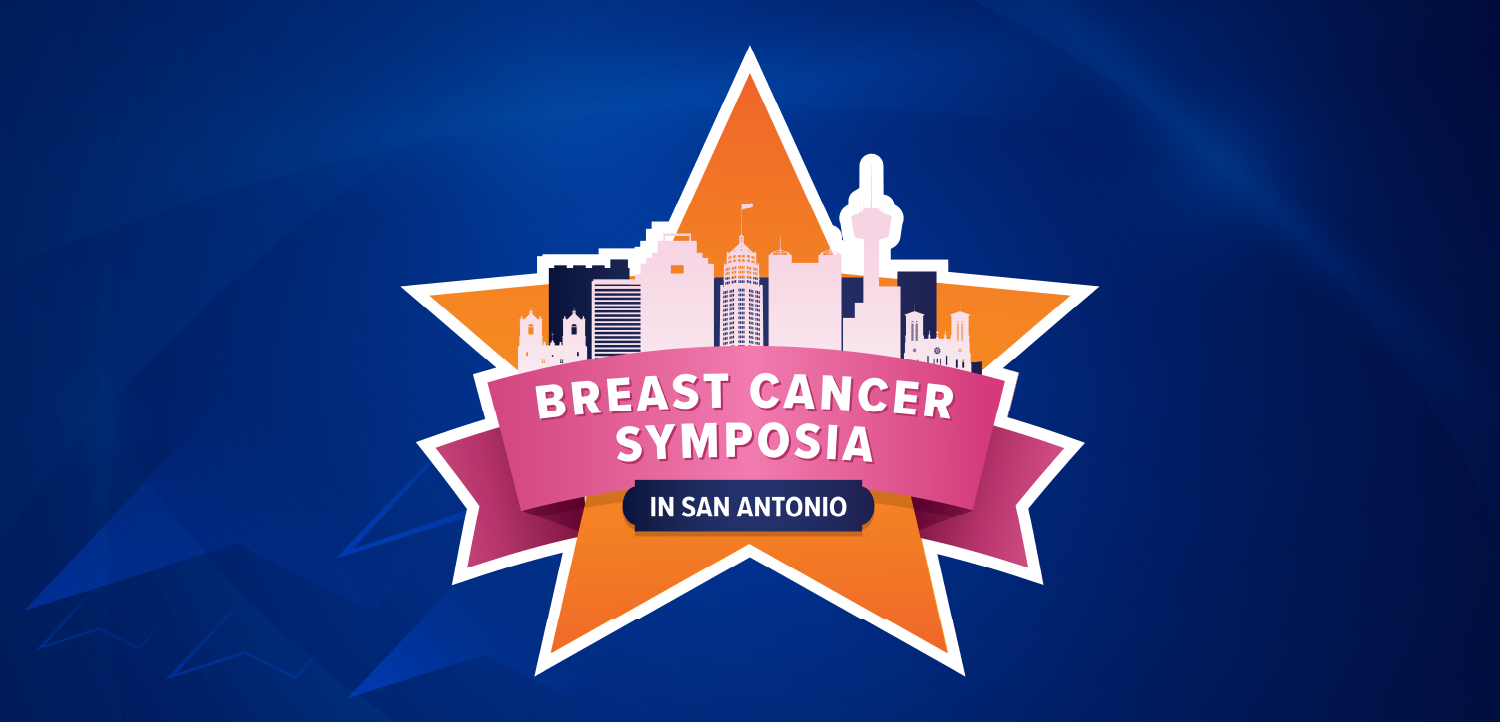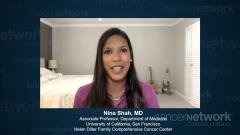
Current Leading Therapies for Multiple Myeloma
Nina Shah, MD, discusses the potential therapies that could emerge in 2022 for multiple myeloma.
Episodes in this series

Nina Shah, MD: Today as we go from 2021 to 2022, I would say the leading therapies for induction therapy for transplant-eligible patients are RVd [lenalidomide (Revlimid), bortezomib (Velcade), and dexamethasone] or daratumumab [Darzalex]–RVd based on the GRIFFIN trial [NCT02874742]. That’s becoming a newer and more used regimen, [although] KRd [carfilzomib (Kyprolis), lenalidomide, and dexamethasone] is still a potential for that. I do think transplant still has a role. This has been supported by the IFM trial [NCT01191060] and more recently, by the FORTE trial [NCT02203643]. For maintenance therapy. The jury’s still out. Lenalidomide does give overall survival advantage but perhaps giving carfilzomib in combination with lenalidomide gives you a longer PFS [progression-free survival] as per the FORTE trial and may be particularly better for high-risk patients.
In the relapsed or refractory setting, [specifically] in the early relapse setting, daratumumab in combination with carfilzomib or isatuximab [Sarclisa] in combination with carfilzomib is a very effective treatment and should be considered in the second line. You can also consider things like daratumumab, pomalidomide [Pomalyst], and dexamethasone. In the late line, we are on the horizon to now embrace the BCMA [B-cell maturation antigen] therapies. Hopefully we’re going to have another CAR T-cell therapy available as well as, in the near future, bispecific T-cell engagers.
Newsletter
Stay up to date on recent advances in the multidisciplinary approach to cancer.


